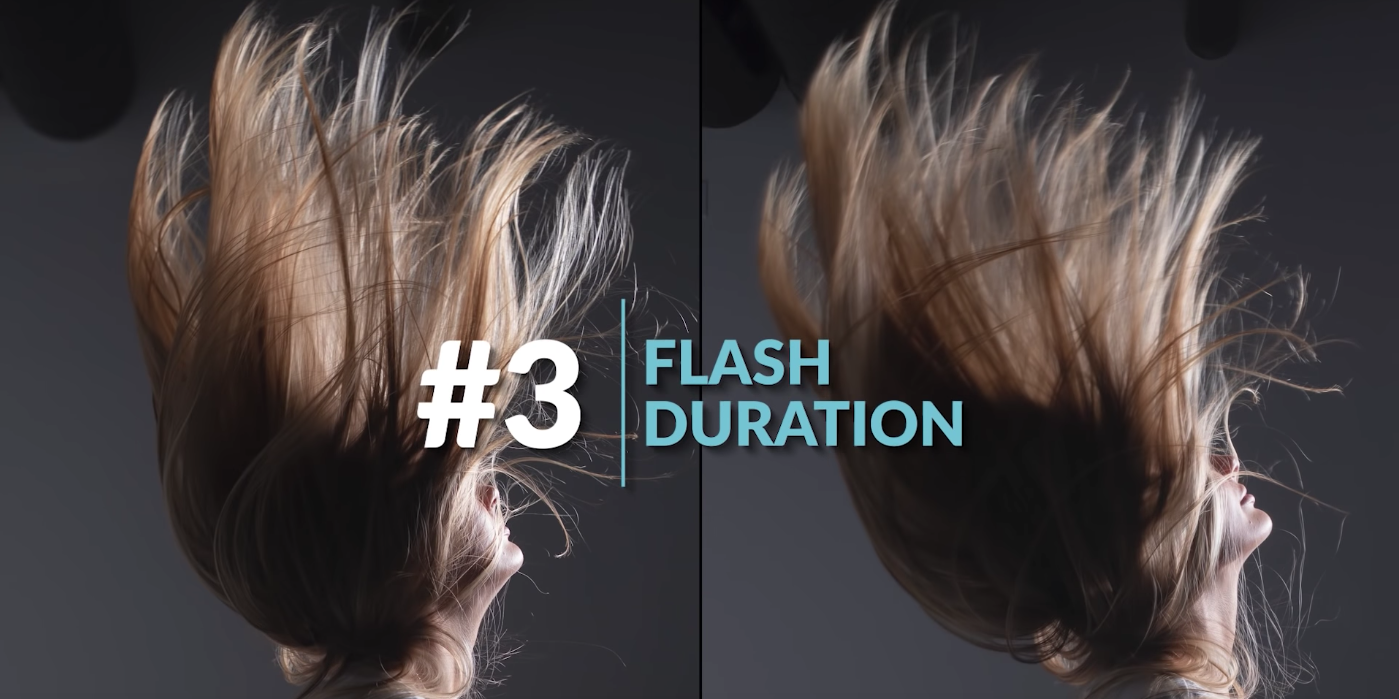
Photography is a beautiful art that allows us to capture moments and memories that we can treasure forever. One of the essential tools in a photographer’s arsenal is a flash, which can help enhance the quality of their shots. However, many photographers struggle to use the flash correctly, leading to subpar images that do not do justice to the moment captured. In this article, we will explore the three most common mistakes that photographers make when using a flash, and how to avoid them to take stunning photos every time.
We’re teaming up with Adorama to bring you a new series of photography tutorials called “Master Your Craft” to be featured on their YouTube Channel. Subscribe to see more of our videos on their channel throughout the next couple of months that will cover photography, lighting, posing, and editing education to help you hone your skills and master your craft.
3 Things Most Photographers Get Wrong About Flash Video
In this video, we’ll talk you through 3 common misconceptions when it comes to flash. These are easy mistakes any photographer can make so pay attention and see how to correct them with these easy tips!
1 – Inverse Square Law

In the simplest sense, the inverse square law means the further the flash gets from your subject, the less light you’re going to get on your subject. So why do we need a law/formula? Because we are going to lose more light than we actually think when we move our light source further away from our subject.
Light spreads out like a beam, so when you move your subject further away from the light source, the beam “widens out” meaning your subject is getting less and less light on them. When you move your subject closer to the light, you’re getting a more concentrated section of that beam on your subject.
Additionally, there are certain modifiers you can use that’ll help you focus that beam back on your subject when at a further distance.
[Related Product: Introduction to Using Off-Camera Flash and Radio Remotes]
2 – Soft Light vs Diffused Light

Soft Light & Diffused Light, while sounding similar, are too different things. Soft light refers to the size of your light source; The larger the light source, the softer the graduation you’ll get from highlight to shadows. When you use diffused light, that’s referring light going through some sort of fabric. This means less light is going to reflect back on you, thus reducing the highlights we’d normally see when using a hard light source.
While this seems to make simple sense, things can get confusing as you can have a small hard light source, that’s diffused, (like a speedlight with a magsphere for diffusion) or a large light source throwing specular light, because we’ve left off the diffusion panels and used a silver reflecting interior.
3 – Flash Duration

When a flash fires, to the naked eye, it looks instantaneous. But in reality, if we were to slow this down, the flash tube is powering up, then it dumps that power, and then it fades back. We call this flash duration. With a fast enough flash duration, you can freeze the motion of your subject creating an epic action shot!
The flash duration of your light will change widely from make and model of your light source, so you’ll want to be aware of this going in. But you can still control the duration by lowering the power of your flash. At full power, no matter what brand, you’ll have the slowest flash duration. Meaning, if you take a motion shot at full power, you’ll see a little bit of motion in the frame. However, if you reduce your power, and instead increase your ISO, then you’ll be able to freeze the motion completely!
To help you figure out the settings you’ll need for your lighting, just pay attention to the T1 rating for your light. T1 means the time it takes for 90% of the flash power to dissipate. the faster that T1 time, the better that lights ability is to freeze your subjects motion!
We hope you enjoyed this video and lesson on Flash Misconceptions. Catch our next episode of Mastering Your Craft on Adorama’s YouTube channel next Friday!





Get Connected!